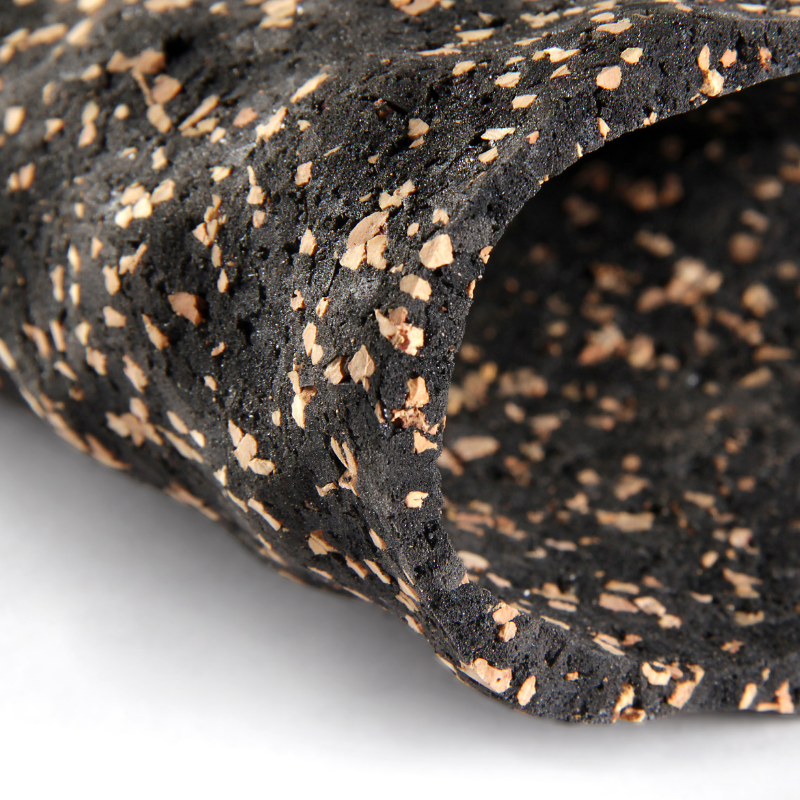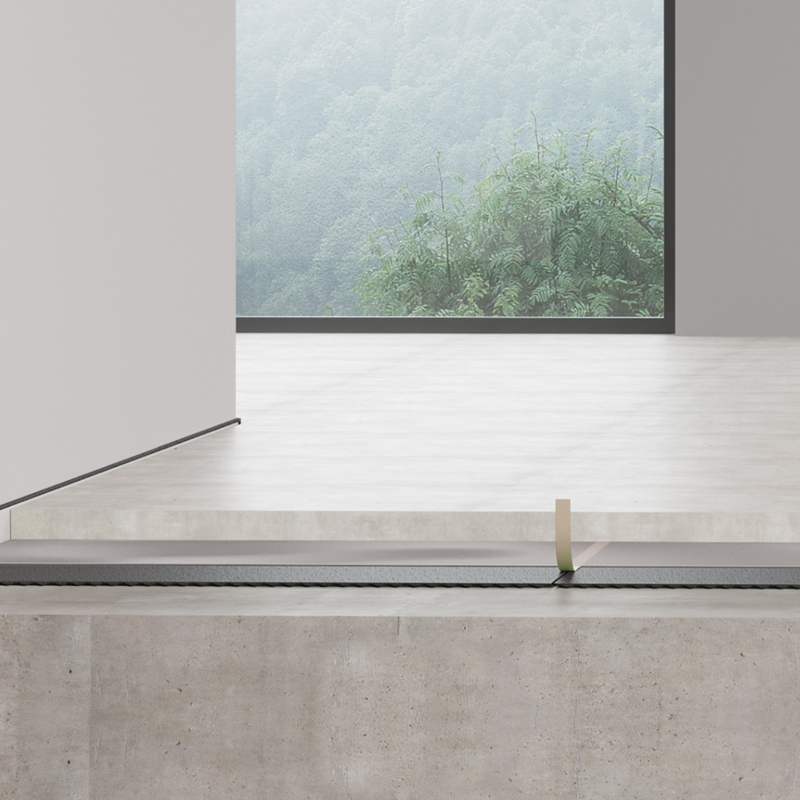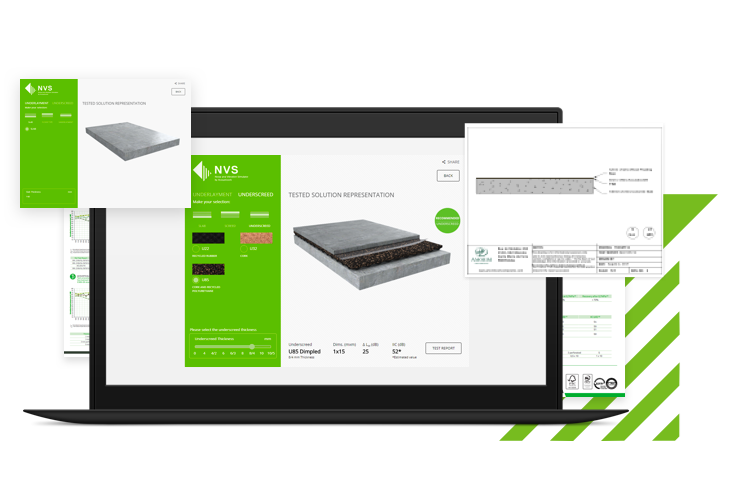Underscreed: more silence and more comfort
Underscreed: more silence and more comfort
The application of an underscreed during the construction process of a building plays a fundamental role in its acoustic insulation and, consequently, in the comfort of its users. Cork-based or recycled materials-based underscreeds offer a solution that combines both performance and sustainability.
Acoustic comfort inside buildings represents a growing concern. The development of urban centres, along with economic and technological advances, has multiplied noise sources both inside and outside buildings, leading to environments with higher noise indexes. In addition, populations are more and more aware of the impact of noise in their quality of life and demand more comfortable and more efficient spaces.
Noise and health
Although not everyone reacts to sound in the same manner, noise is considered to be any unwanted sound which causes an unpleasant or bothersome feeling in the human ear. Continuous exposure to excessive levels of noise contributes to an increase in stress levels and has an impact on our well-being, making it difficult to concentrate, communicate, rest and sleep. In the long term, hearing difficulties or other health problems may arise.
In housing and workspaces, two major types of noise generally affect us: aerial and percussion or impact noise. Aerial noise spreads through the air, like a conversation or music in a neighboring apartment or room, as well as the sound of traffic or airplanes. On the other hand, percussion or impact noise is produced by vibrations transmitted through the buildings’ structural elements. The dragging of furniture steps on the floor while wearing heels or shoes with hard soles and also vibrations caused by operating machines (such as elevators or air conditioning units) are examples of this type of noise.
-
In addition to the way they are spread, these two types of noise are also distinguished by the amplitude of their impact. While aerial noise only affects locations closer to their sources, percussion or impact noises tend to spread far beyond their point of origin and may affect the entire building.
In new buildings, one of the most efficient ways to reduce and control percussion or impact noise consists in the decoupling of the elements which make up the floor and in the inclusion of flexible sublayers, such as underscreed, during the construction process.

Underscreed: the efficiency of a structural solution
An underscreed is a resilient sublayer applied on the floor, between the structural slab and the screed, during the construction process. The placement of underscreed does not restrict the choice for the final flooring and can be used with wood, ceramic, laminated or resilient (LVT) floors. It is also compatible with floor heating systems and the application of an underlay.
-
Although the application of an underscreed is primarily to improve the acoustic insulation of a building by reducing the spreading of percussion or impact noise, this system also influences the reduction of aerial noise (airborne sound) and the thermal performance of the construction, as it helps to restrict heat losses.
For the system to be effective, you must guarantee, in addition to the decoupling of the horizontal elements which make up the floor, that a perimeter barrier is also created by extending the resilient material to the walls. This barrier will prevent “acoustic bridges”, i.e., the transmission of vibrations through other structural elements, such as the skirting.

Underscreeds made from natural or recycled material, an ecological choice
Polyethylene foams, mineral wool, wood and coconut fibers, synthetic rubbers and cork and its derivatives are the most commonly used materials in the manufacture of underscreed blankets currently available on the market. However, some of these materials come from non-renewable resources and their production and processing lead to high levels of emissions which are hazardous to the environment.
In this case, cork is an ecological solution of excellence. Cork has a natural origin, it is reusable and renewable, thereby offering an excellent balance between sustainability and price. As a raw material, it offers static stiffness and higher load capacity to the underscreed blanket, with no negative impact on its dynamic stiffness. A cork-based underscreed also ensures the durability of the performance of the system and guarantees that no harmful compounds are released to compromise the quality of indoor air.
Benefits of the application of an Acousticork underscreed
-
Reduction of impact noise
-
Thermal insulation properties
-
Easy to handle and apply
-
Long-lasting resilience
-
Made from recycled and natural materials
Acousticork: the sound of silence
The Acousticork underscreed range by Amorim Cork Composites includes solutions with different thicknesses produced from agglomerated cork, cork with recycled polyurethane and recycled rubber.

Acousticork: the sound of silence
The Acousticork underscreed range by Amorim Cork Composites includes solutions with different thicknesses produced from agglomerated cork, cork with recycled polyurethane and recycled rubber.
These blankets were especially designed for heavy loads with reduced deflection. Therefore, their use can be extended to multi-purpose buildings, such as hotels, meeting rooms, shopping centres or supermarkets, with the guarantee that the material will hold its properties during its lifetime.
Construction
NVS: Noise and Vibration Simulator
The NVS is a free online simulator which allows you to combine the characteristics of your project with the Acousticork solutions so that you can find the product with the best performance.
To find the best option for acoustic and vibration insulation for your construction project, try the Noise and Vibration Simulator (NVS).